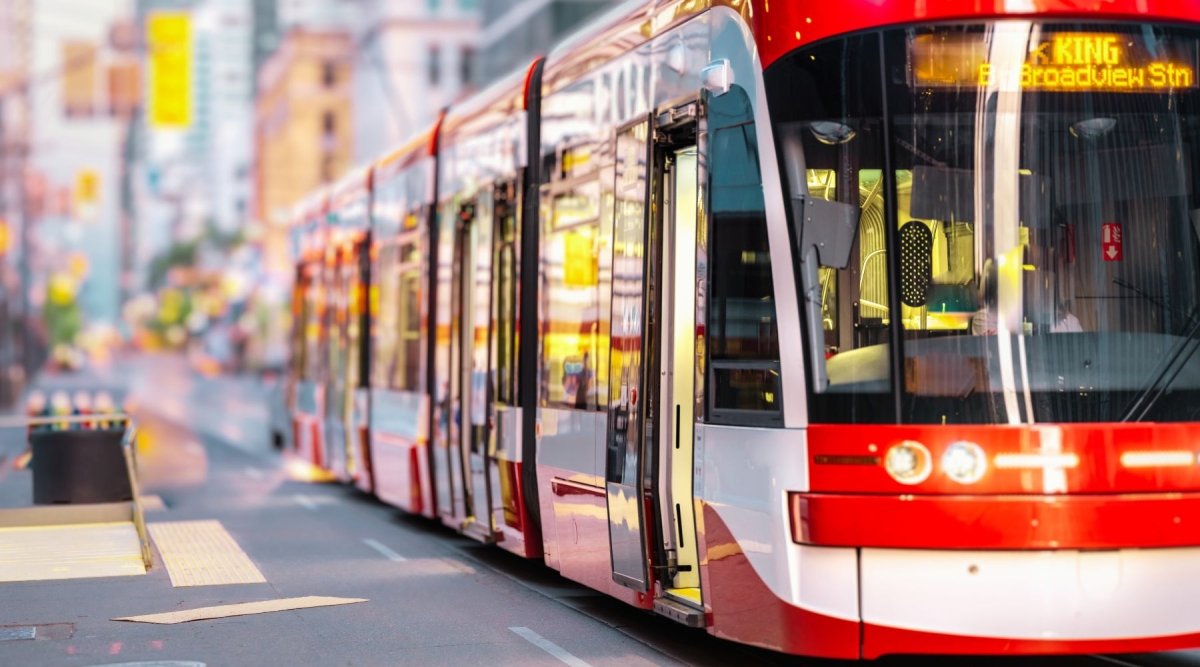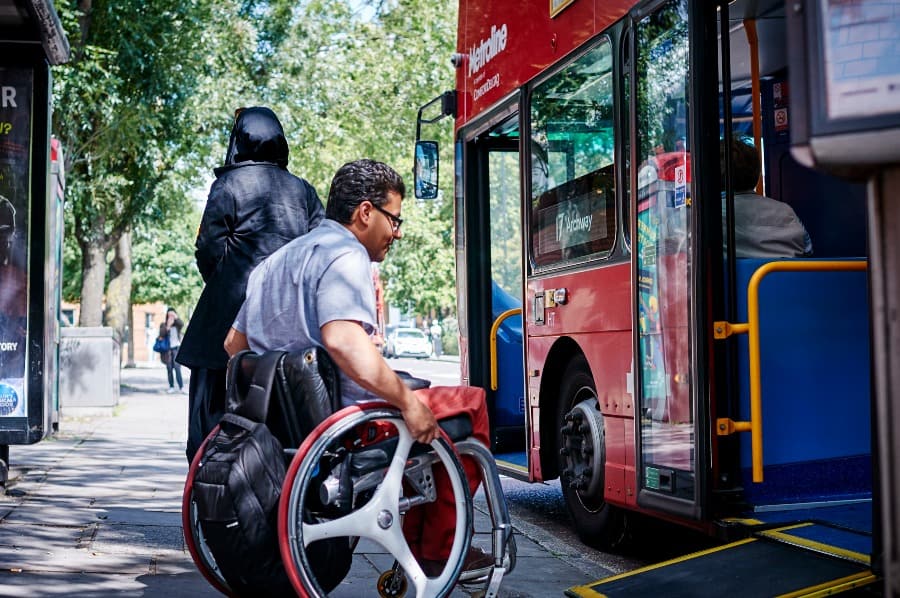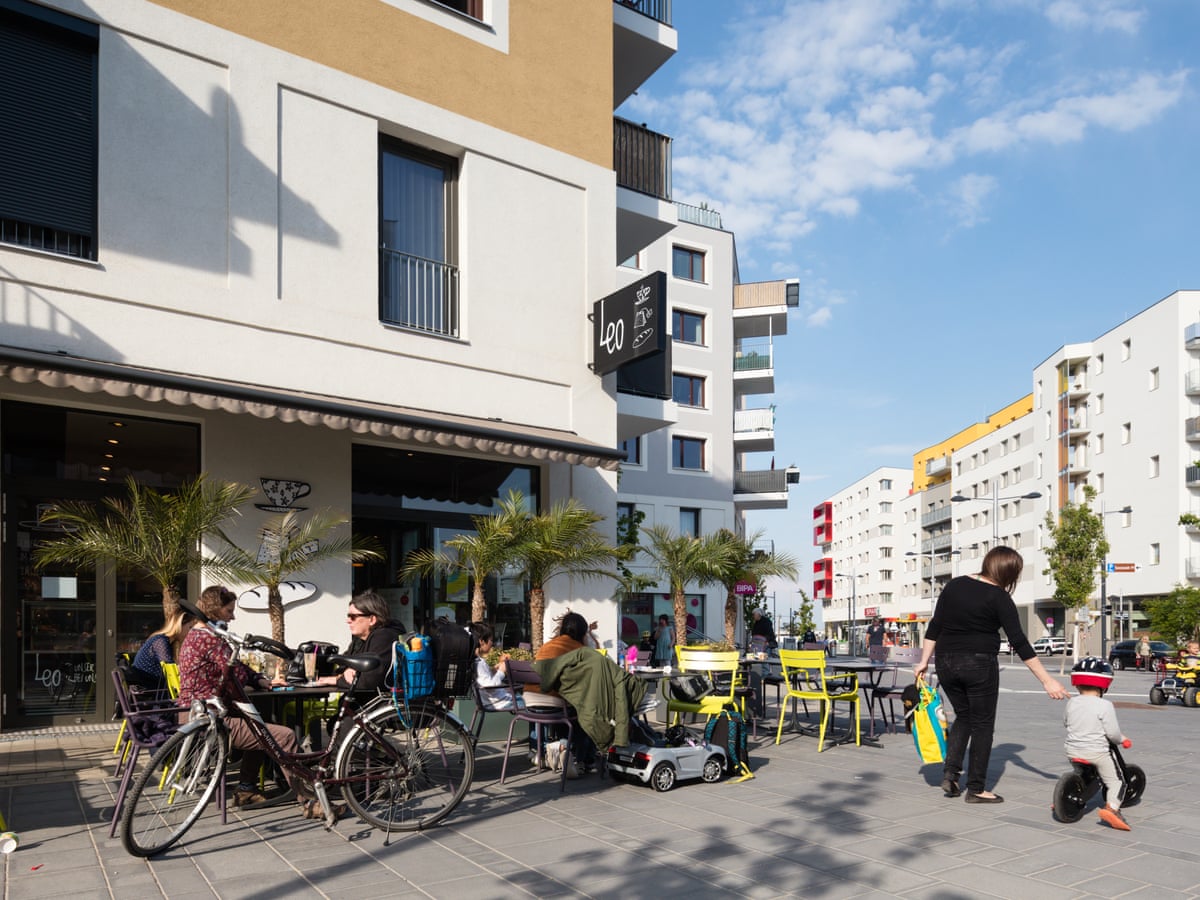
The Role of Universal Design in Public Transport
Imagine a world where every individual, irrespective of their physical abilities, can conveniently use public transportation without facing any hurdles. This is not a far-fetched dream but a feasible reality that can be achieved by embracing universal design in our public transportation systems. Let's delve into this fascinating topic together.
Universal design is the method of creating products and environments to be usable by all people, to the greatest extent possible, without the need for adaptation or specialized design.
By applying the principles of universal design to public transportation, we can create systems that are more accessible, user-friendly, and inclusive. This revolutionary concept can transform commuting experiences, demolish barriers, and enable societies to become truly inclusive. Get ready to discover the transformative power of universal design and how it can forever change the landscape of urban public transportation.
Revolutionizing Public Transportation
If you've ever ridden a crowded subway or struggled to catch a bus in a busy city, you know the pain points of current public transportation systems. But what if we told you a solution exists? This is where the concept of universal design comes into play.
Let's unpack what universal design means. In the simplest terms, universal design is about creating products and environments that all people can use without the need for adaptations or specialized designs. This includes public transportation. Imagine a system accessible to everyone - whether you're a teenager, an older citizen, disabled, or carrying a bundle of groceries.
With this principle, let's look at three ways universal design could revolutionize public transportation.
Facilitates Accessibility for All
Picture a scenario where everyone can access public transportation, regardless of physical capability or age. Universal design can achieve this by factoring in features like ramp access for users in wheelchairs, tactile pavings for visually impaired users, and audio announcements for those with hearing difficulties. These upgrades facilitate access for all and make commuting more manageable and comfortable.
Enhances the User Experience
Imagine a future where public transportation is about more than just getting from point A to point B. Instead, it is designed with the user's overall experience in mind. This could mean plenty of legroom, high-quality seating, facilities for bikes or prams, and intuitive ticketing systems that eliminate the hassle of payment. Universal design is about upping the standards of comfort and convenience for everyone.
Boosts Efficiency and Sustainability
Envision an environment where public transport systems are so convenient, efficient, and enjoyable that they outperform personal cars. By adopting universal design, cities can make this vision a reality. Improved public transport can reduce highway congestion and lower carbon emissions, leading to cleaner, more sustainable urban environments.
In conclusion, universal design's potential for public transportation stretches beyond mere accessibility. It holds the power to transform entire cities and improve the quality of life for their citizens.
Real World Examples of Universal Design in Public Transport
You may wonder, "Are there any real-world instances where universal design truly transformed public transportation?" Why yes, indeed there are, and they set powerful examples of what's achievable when we aim for inclusion. Let's take a quick look.
London, United Kingdom – The Inclusive Bus

London provides one of the most successful stories of integrated public transportation. Their buses feature bright, contrasting colors for visual assistance, voice announcements for stops and destinations, easy-to-access entrances, labeled handrails, and designated areas for wheelchair users. The result? A smooth, enjoyable journey for every passenger, irrespective of their abilities.
Vienna, Austria – Gender and Mobility
Let's look at Vienna, Austria, which has been paving the way for a more gender-equal approach to universal design in public transportation. They have directly addressed gender differences in mobility patterns and requirements. How so, you ask?
Vienna has been focusing on improving safety, security, and accessibility for all by incorporating specific design features that cater to the unique needs of different genders. Lighting in public transport areas has been enhanced to increase safety during night travels. Further, their commitment to gender-sensitive planning also extends to designing broader and well-lit pathways and prioritizing seating and waiting areas for passengers traveling with children or large loads. It's not just about accessibility — it's about creating a system designed for everyone.

Helsinki, Finland - The Model Public Transport System
Consider Helsinki, Finland, which has made enormous strides to enhance public transit accessibility. The city has extensively utilized universal design principles in the Helsinki Regional Transit Authority HSL. This includes touch-screen ticket machines with braille and audio guidance, low-entry vehicles, and tactile paving to guide visually impaired passengers.
Moreover, they ensure all users have equal access to information by offering accessible symbols, digital timetables, and even an application with real-time mobile ticketing.
The Potential of Universal Design in Public Transportation
Universal design is a game-changing approach that can significantly transform public transportation in cities worldwide. Its uncompromising commitment to inclusivity and user-centric design can enhance accessibility, improve user experiences, and boost efficiency. Most importantly, it can promote urban sustainability by facilitating a more significant shift towards public transportation, reducing reliance on private vehicles, and mitigating the environmental impact.
For more insights on this fascinating topic, check out the Public Transportation and Universal Design guides by The Centre for Excellence in Universal Design or the resources on accessibility at the American Public Transportation Association.

Now, if this topic of universal design and accessible city living sparks your curiosity, why not embrace it in your style, too? Consider exploring our unique collection at Urban Obscura. Fashioned with the principles of universal design in mind, our jewelry pieces are a stunning blend of utility, inclusivity, and aesthetics. Unearth a trove of wearable art that pays tribute to the transformative power of design in shaping inclusive and accessible urban futures. Enjoy what the world of universal design has to offer!

